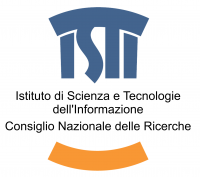Cindy Nelson-Viljoen, Marta Lorenzon
In the last two decades the introduction of computer application and quantitative methods in archaeological data recording has effected our approach to archaeological data and opened new possibilities for interpretations.
The different set of archaeological data that must be combined and the quantity of information that must be selected can often be misleading for archaeologists, if not interpreted correctly, and lead to the wrong theoretical conclusion.
The aim of this session is to focus on new technologies used in field and laboratory data collection, integration and interpretation.
This session will focus on three main aspects:
- The large quantity of data created by new technologies, the data selection process through quantitative methods and data modelling (e.g. laser scanning, XRF/XRD data set, GIS).
- Viability and applicability of data management and its long-term preservation (e.g. storage security, durability and longevity).
- Recording, communication and publication of data (e.g. 3D printing).
Possible problems that should be considered includes data loss, long-term preservation and integration of different data set (e.g. laser scanning and aero-photography).
This session further aims at attracting contributions showing the best practices in the use of interdisciplinary methodologies in field and laboratory data recording, management and storage. An interdisciplinary approach is often required creating a link between archaeologists and computer scientists. This cooperation opens new research opportunities as well as new models of elaborating archaeological data.
The emphasis of the papers presented in the session should be on the integration between data recording, modelling, management and preservation.
Keywords: Data- recording, data- management, data-storage, data integration and modelling


